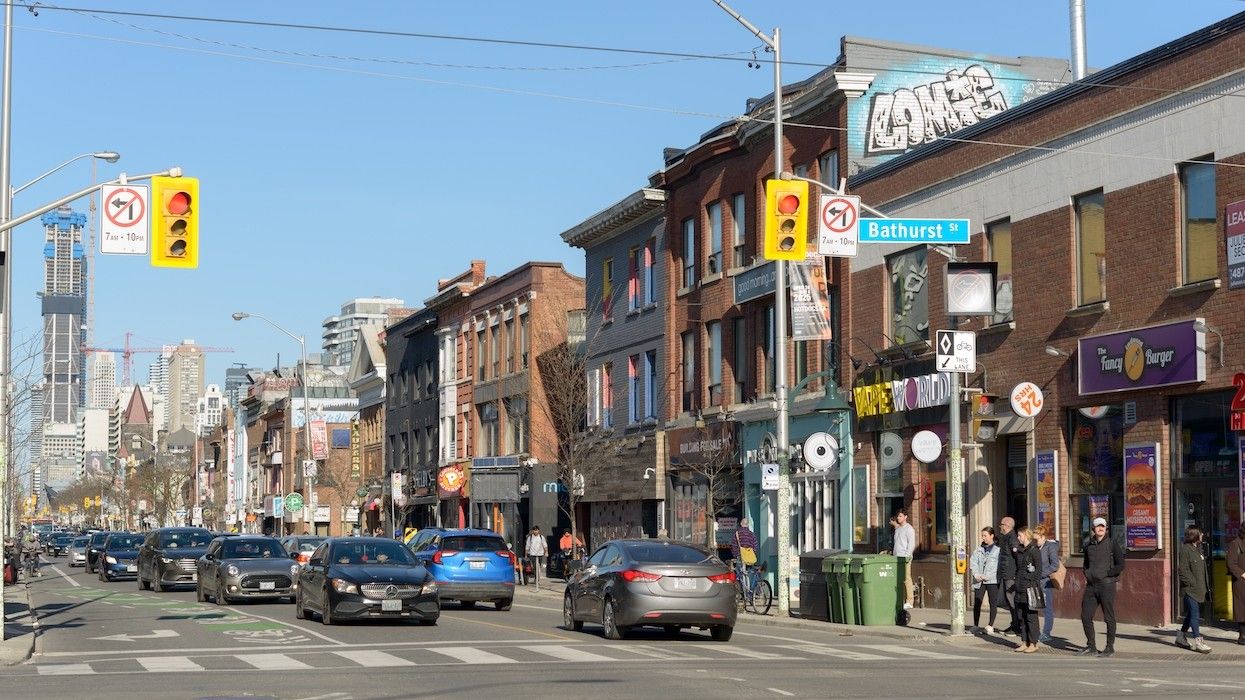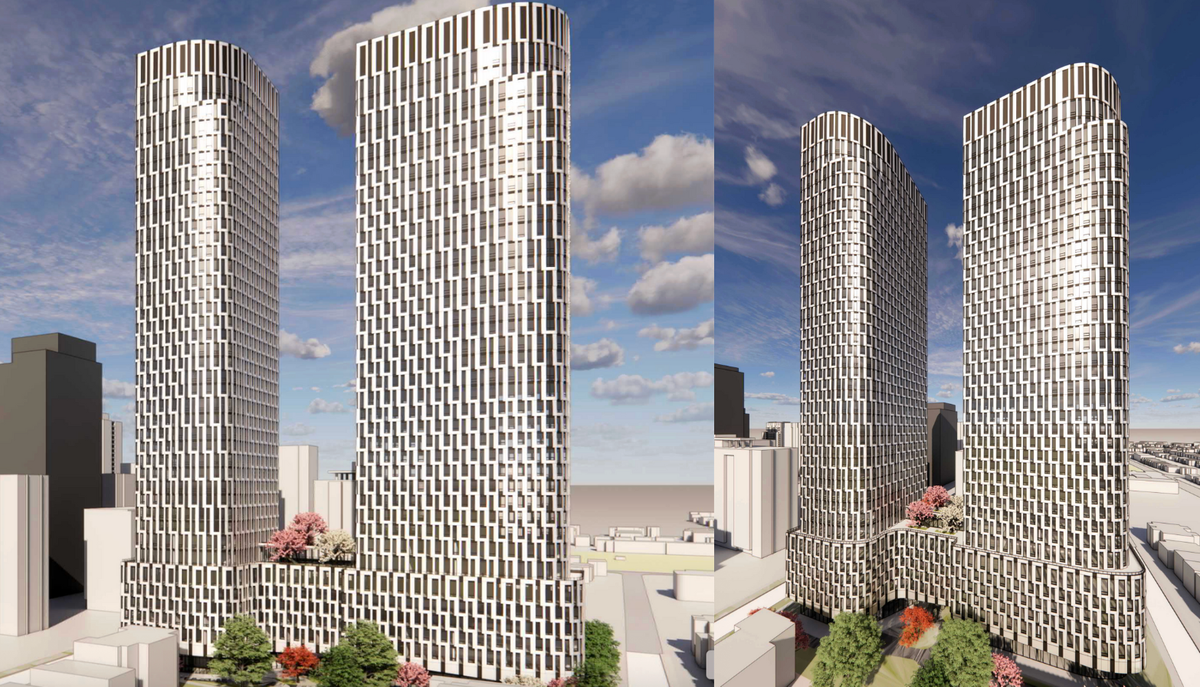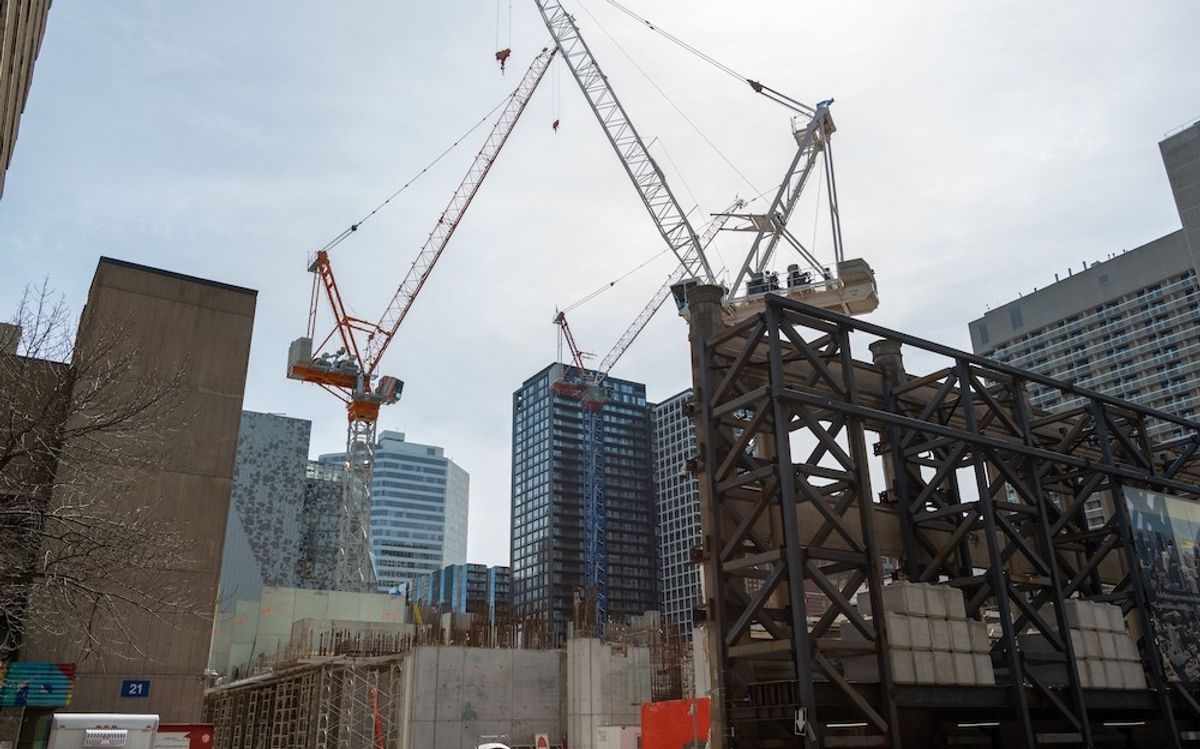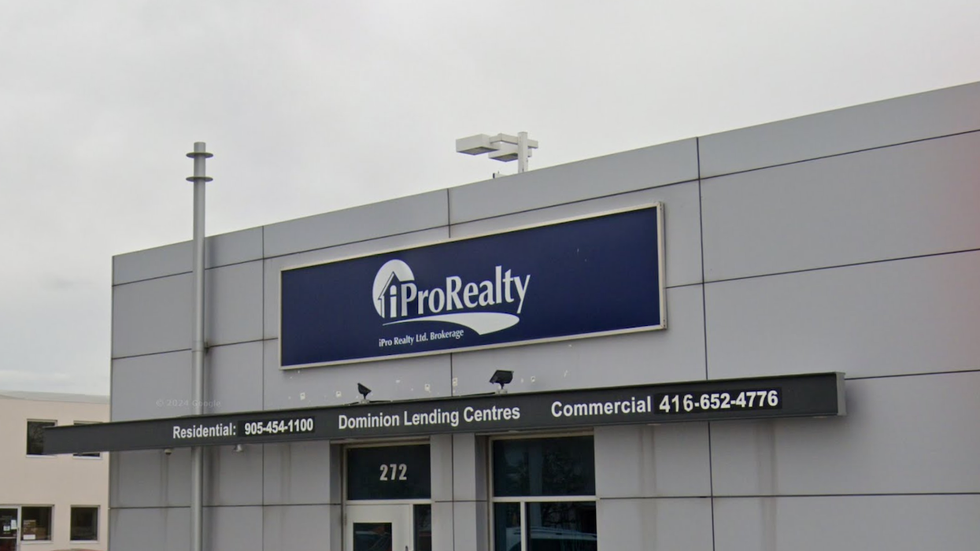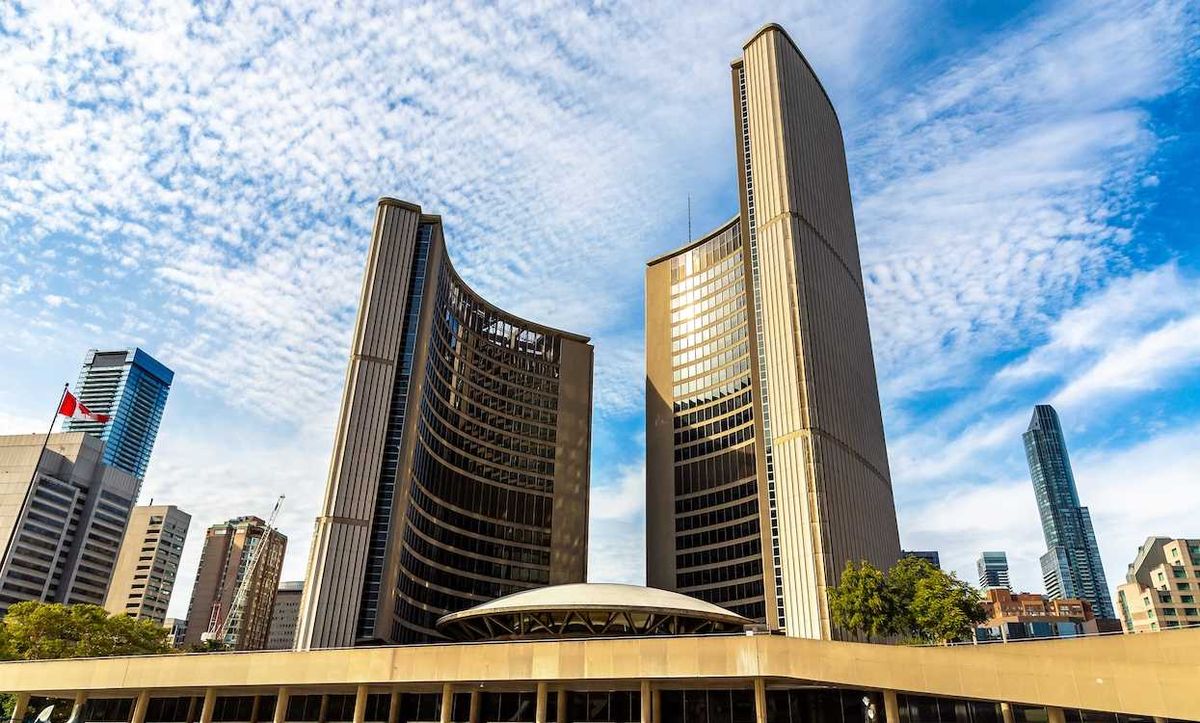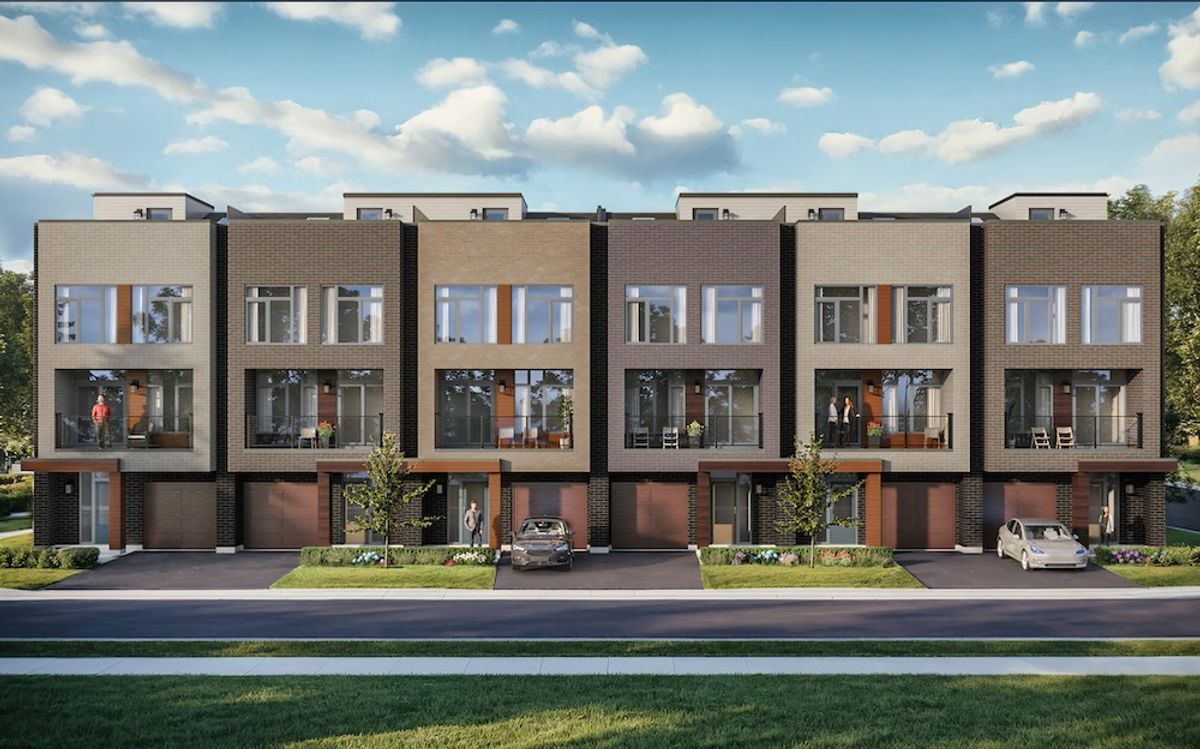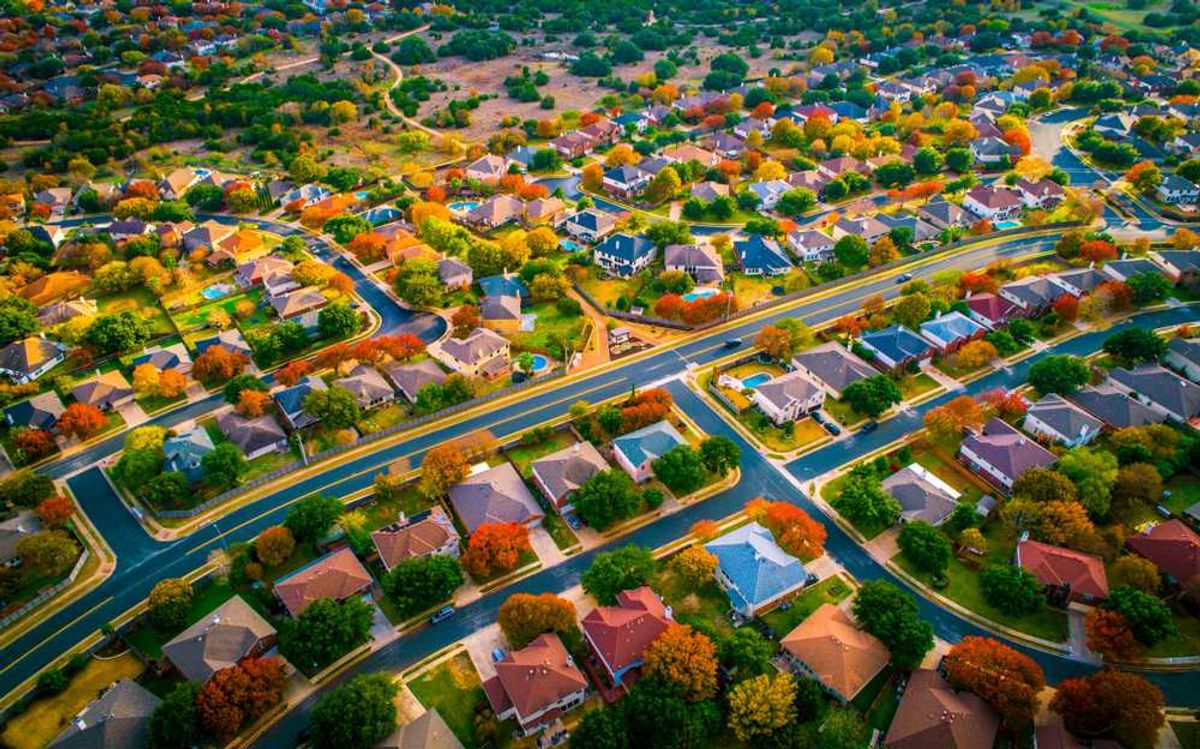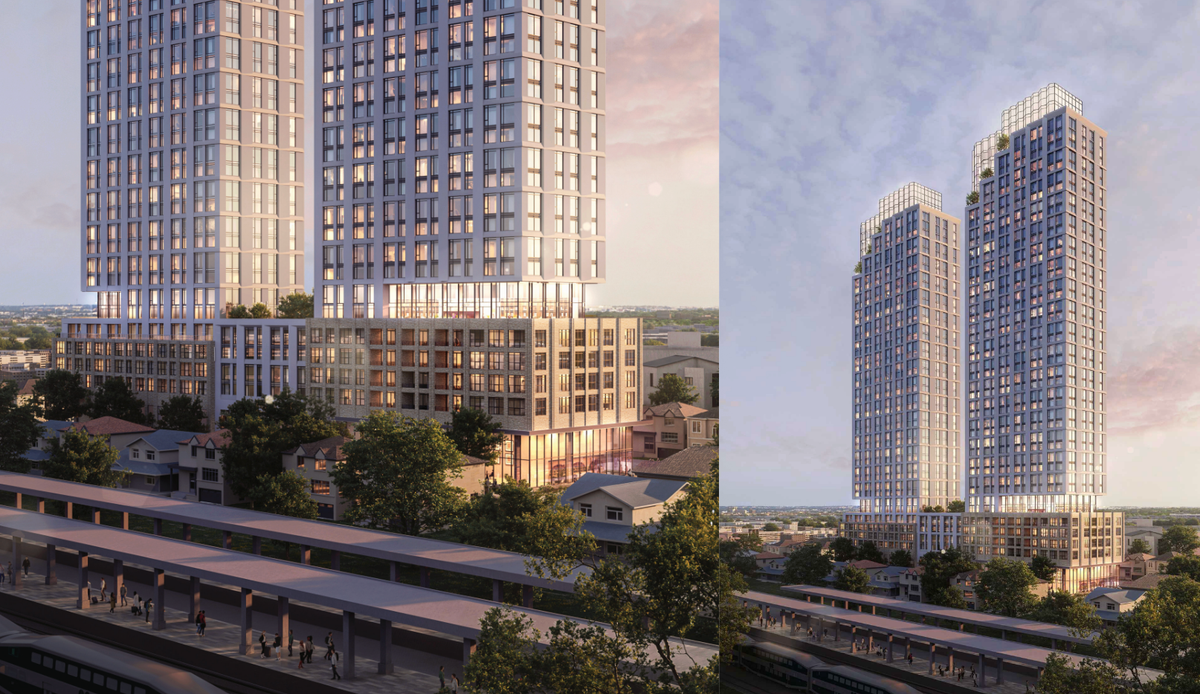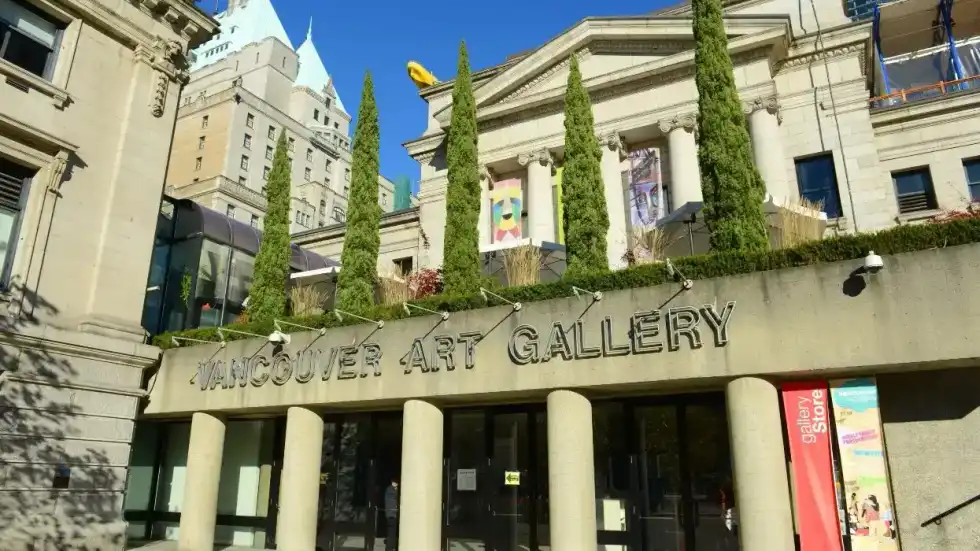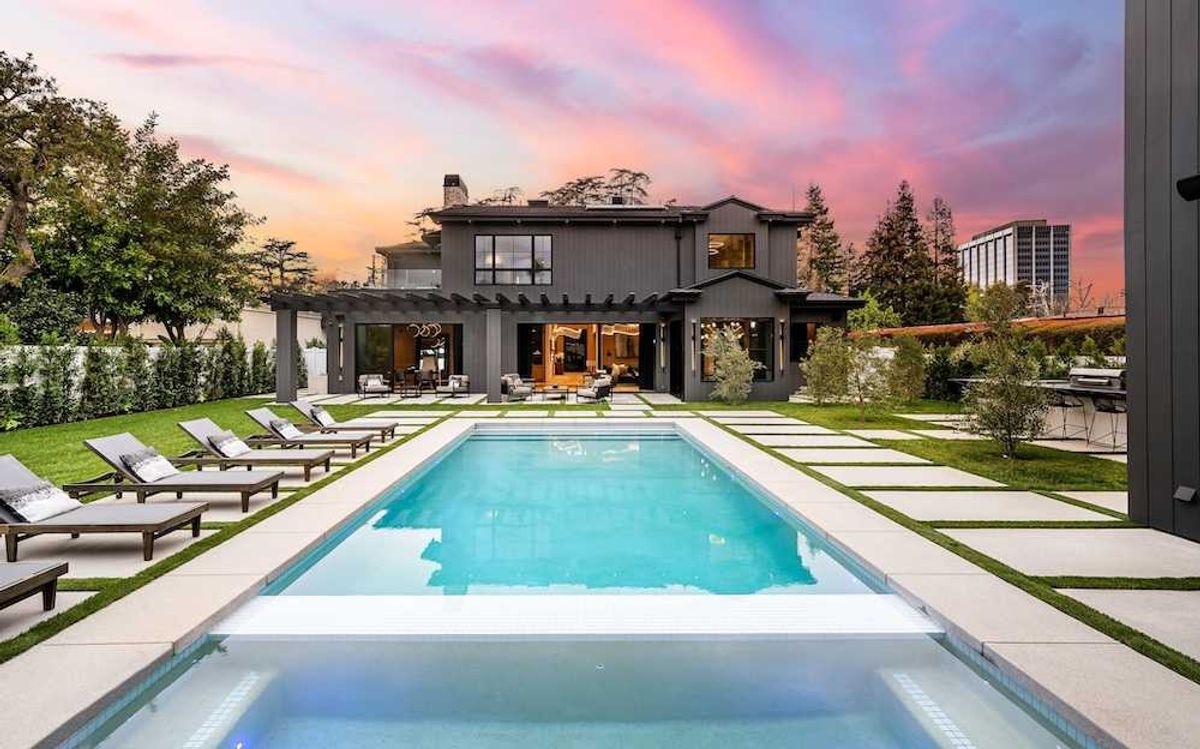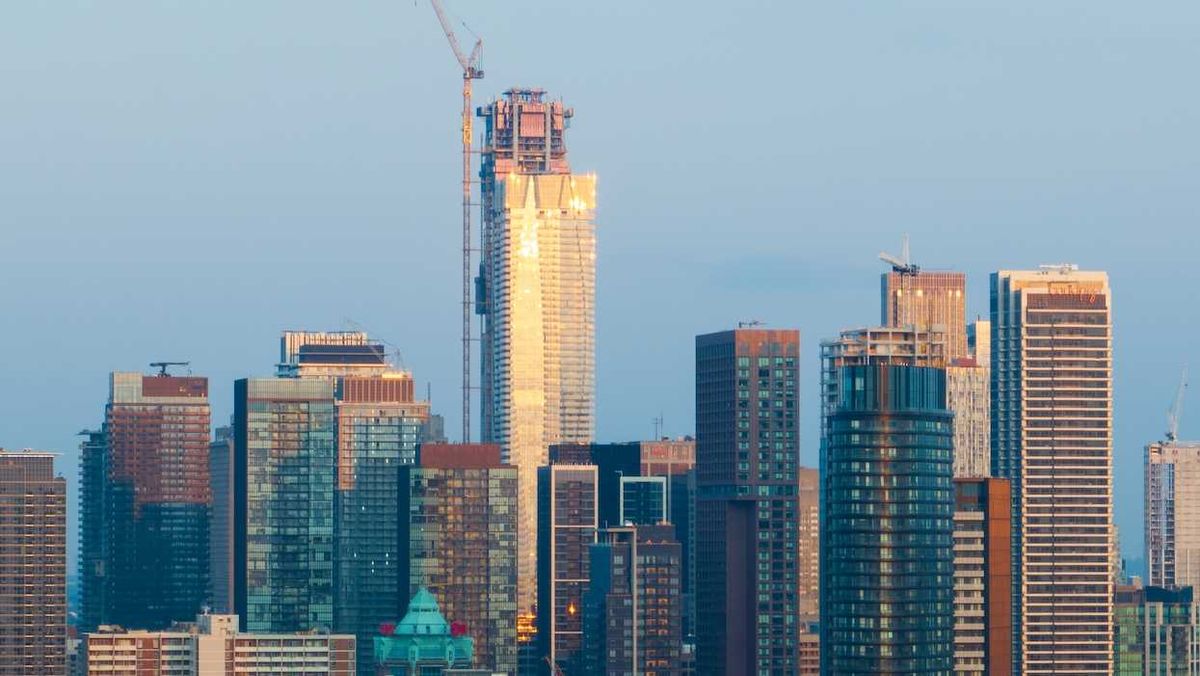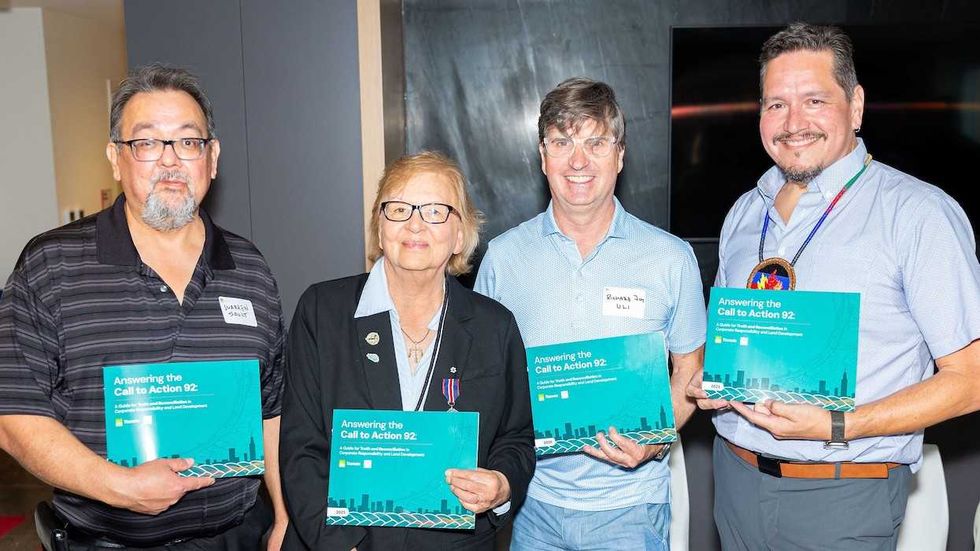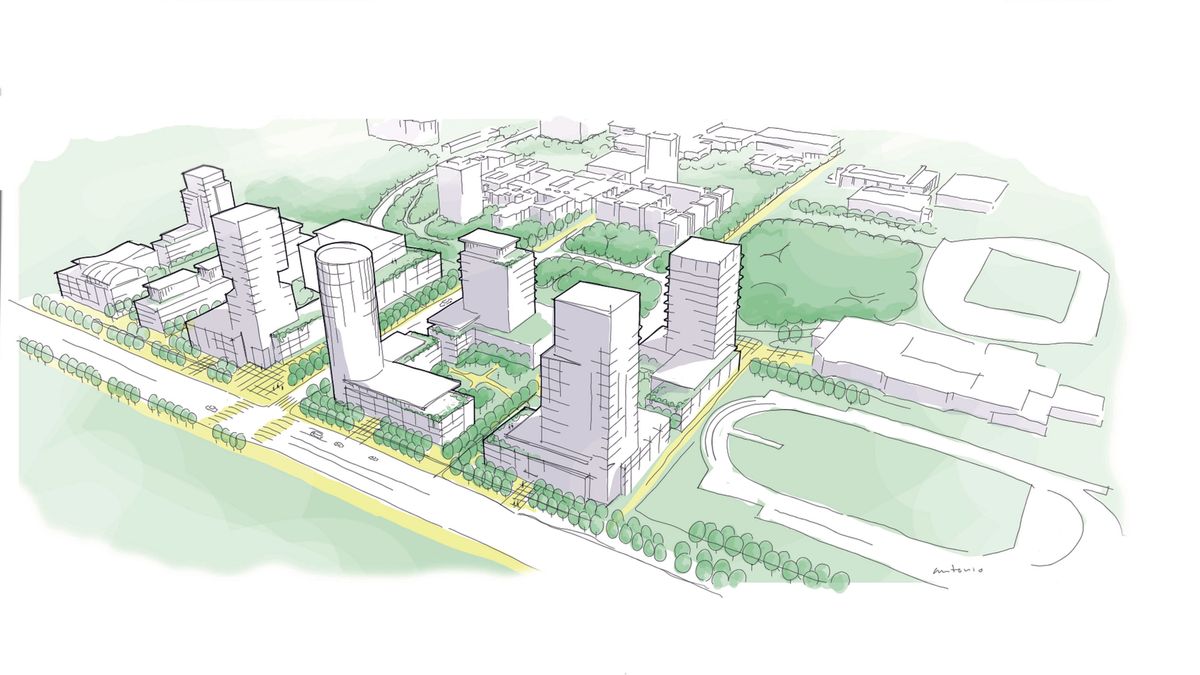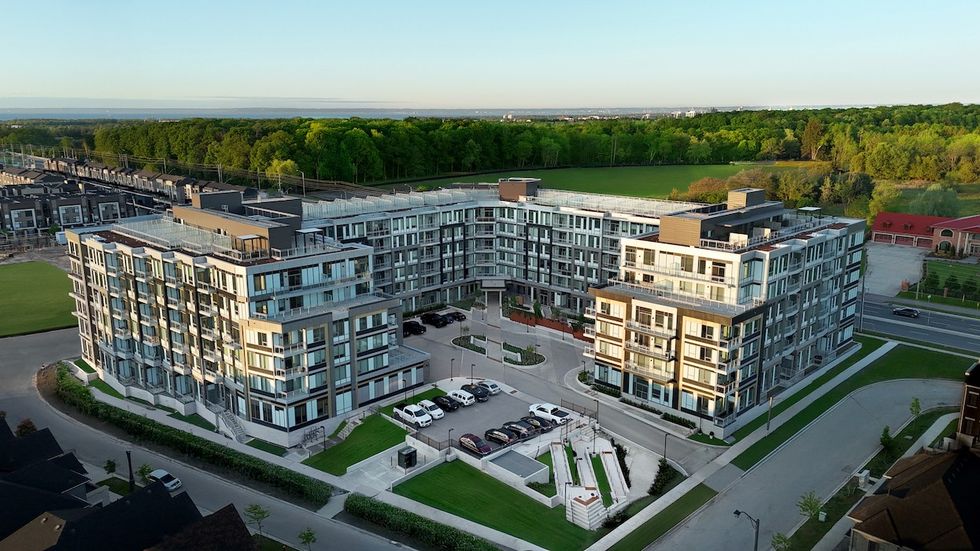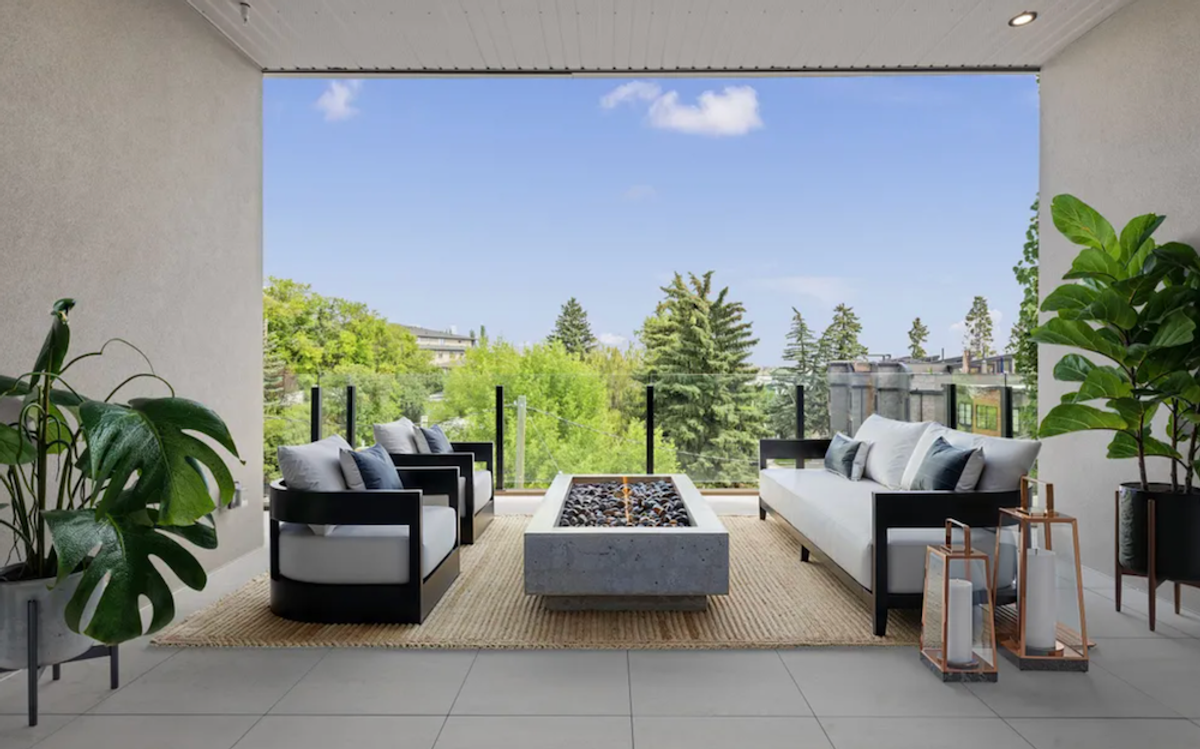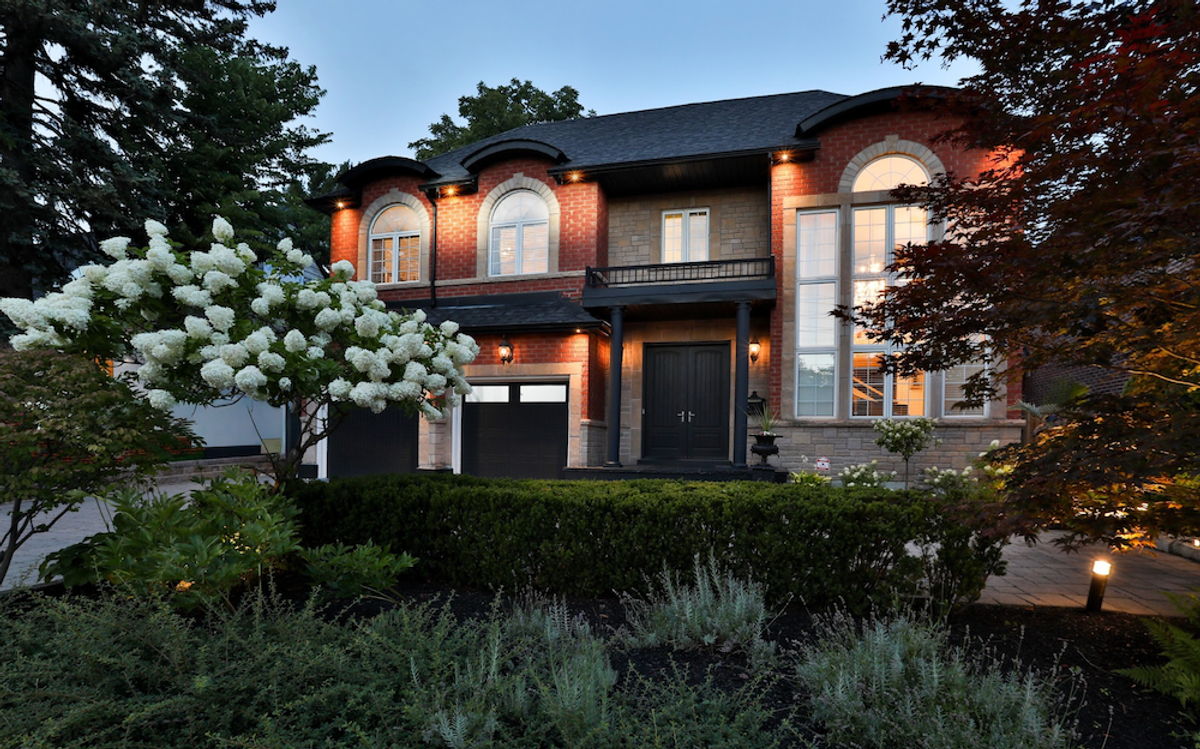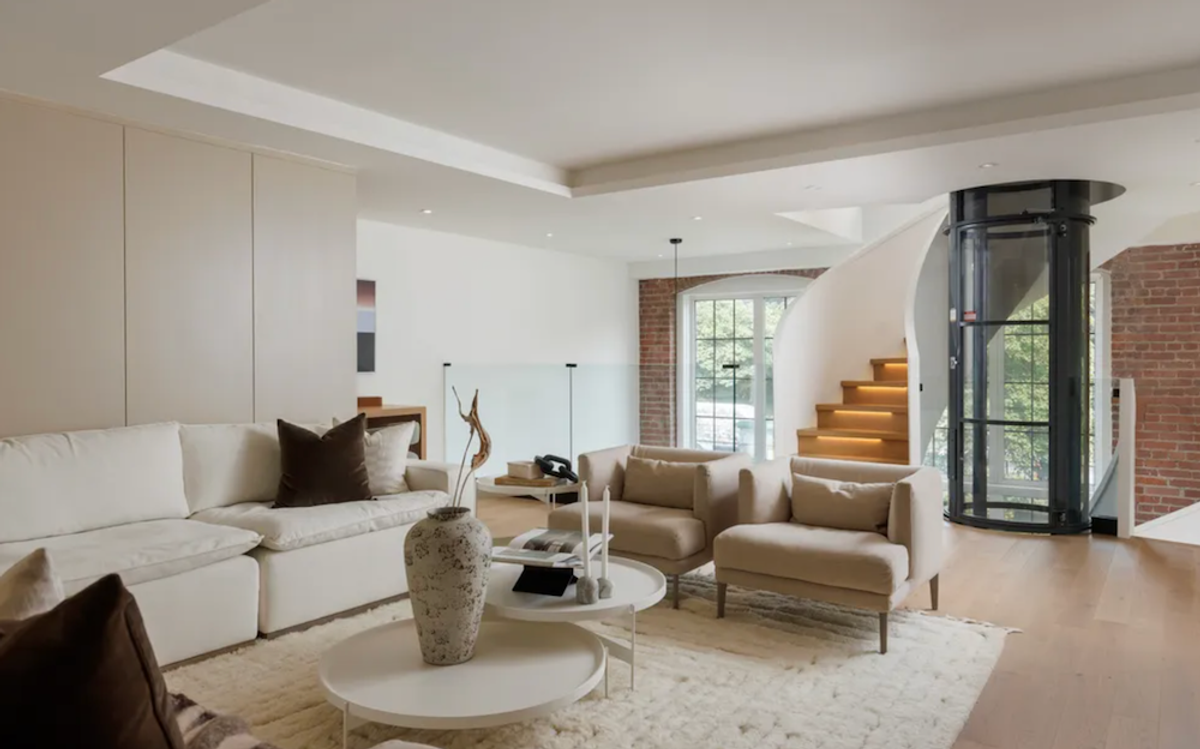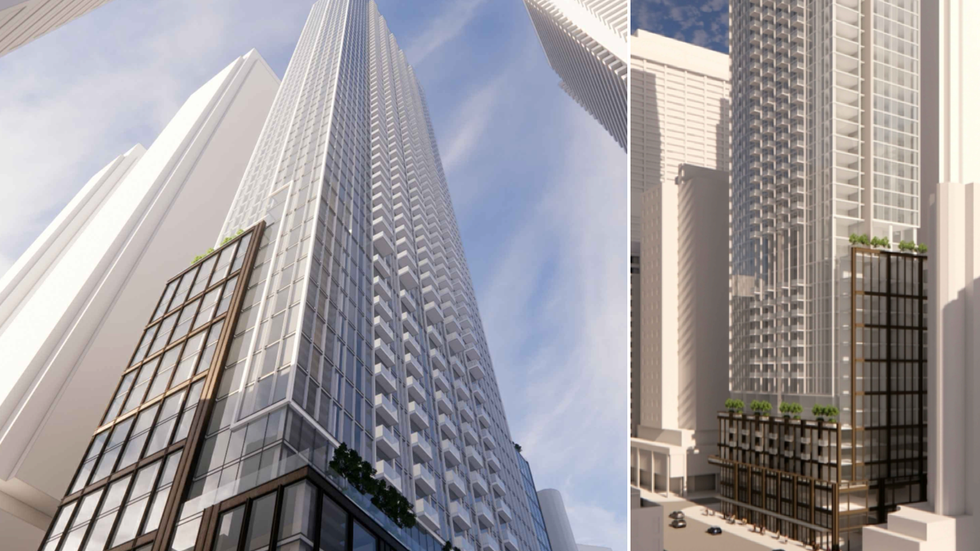I live and work along Bathurst in its downtown portion, and like many Torontonians, I’ve sat in the 511 streetcar, in traffic, behind a left-turning car, and watched the entire street grind to a halt. It’s frustrating, and it’s not how a city should work.
Now there is a plan on the table to fix it — RapidTO is proposing a centre-running, dedicated streetcar lane downtown and a bus-priority lane north of Bloor. It is the kind of investment that could finally make Bathurst move. But it’s also a moment to ask a much bigger question: What kind of street do we want Bathurst to be?
Because right now, it is trying to be everything — and doing none of it well. It’s a shortcut for drivers, a busy transit corridor, and a potential residential street filled with mid-rise buildings. But in practice, it works like an old-school arterial: fast for cars (when it’s not jammed), slow for everyone else.
The Fix Is Obvious — If We Let It Happen
Public transit should not share the road with cars. It is that simple. Centre-running streetcar lanes are one way to achieve it. They make service reliable and faster, which is exactly what we owe the 35,000 transit riders who rely on Bathurst Street daily, and ~15,500 people who ride the 511 streetcar.
Across North America, cities are investing in dedicated transit lanes — not to exclude cars, but to make transit more reliable, competitive, and efficient. From Los Angeles to Boston, municipal agencies have recognized that surface transit cannot deliver on frequency or speed if it’s stuck in mixed traffic. These projects often focus on high-ridership corridors where buses or streetcars carry far more people than private vehicles in the same space. The results are consistent: faster travel times, better on-time performance, and growing ridership. Dedicated lanes are becoming standard tools in urban transportation planning — not because they’re radical, but because they work. They represent a rebalancing of street priorities, acknowledging that moving people should matter more than moving cars.
Bathurst could be Toronto’s version of that — if we stop treating it like a mini-highway.
A Lane Wasted On Parking
The curb lane on Bathurst is currently used for on-street parking — a space that serves a handful of drivers at the expense of thousands of daily transit riders. This trade-off makes no sense. A parked car occupies valuable public space for hours, while a dedicated transit lane can move hundreds of people every hour. In a city facing a housing crisis, climate crisis, and transit reliability crisis, using that lane for idle vehicles is indefensible. It’s time to be honest: curbside parking on a major corridor like Bathurst is a luxury we can’t afford.
Designing A Bathurst Street Worth Stopping For
Bathurst has everything it needs to be a great urban street — dense neighbourhoods, small businesses, mixed-use zoning, and a streetcar line that connects people to jobs, hospitals, and the waterfront. What it lacks is the infrastructure to make that potential work. Right now, transit is stuck behind traffic, sidewalks feel like an afterthought, and the public realm doesn’t match the intensity of how people actually use the street.
If we say yes to RapidTO, we’re saying yes to better transit. But we’re also saying yes to a different kind of city — one where our streets are designed for the people who live on them, not just for the ones driving through.
Time To Decide What Kind Of Street Bathurst Should Be
So here’s the question in front of us: Do we want Bathurst to keep functioning like an arterial road — hostile to transit, slow for everyone, and unpleasant to walk on? Or do we want it to become the kind of urban avenue this city needs — reliable, walkable, and worth sticking around for?
We won’t get both. And honestly, it’s time we chose the city we actually want to live in.
The City of Toronto is now asking residents to weigh in on the future of Bathurst Street, with public engagement open through May. This is our chance to speak up — not just about bus lanes, but about the kind of city we want to live in. If you believe Bathurst should prioritize transit, walkability, and housing over traffic and curbside parking, now’s the time to say so.
